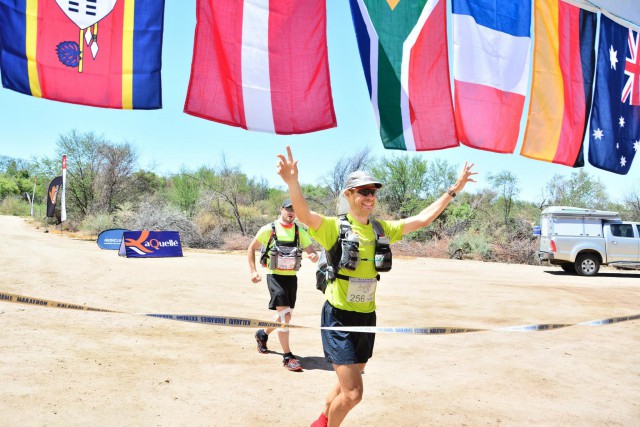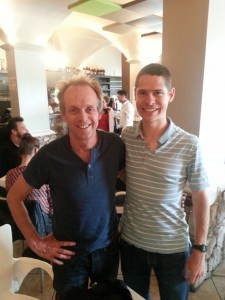The move to our Johannesburg offices in central Sandton
In August 2016 – the year of our 10th Anniversary – Global Advisors moved from our Hyde Park Johannesburg offices to the 16th floor of The Forum in central Sandton.
 |
|
 |
|
 |
|
 |
|
 |
|
 |
The new offices in central Sandton
Our previous Hyde Park offices
The new offices – Planning and construction














